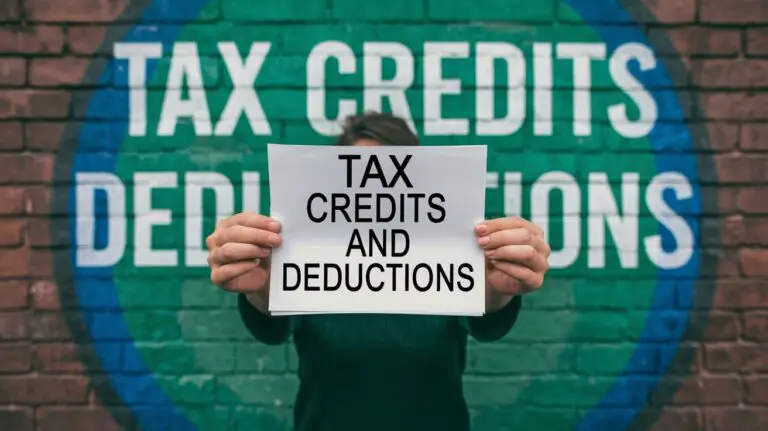Government-Backed Loans: FHA vs. VA vs. USDA for Energy-Efficient Upgrades
When it comes to energy-efficient upgrades for your home, understanding the different types of government-backed loans can be crucial. FHA, VA, and USDA loans each offer unique benefits and qualifications that can support your efforts in green home improvements. This guide will break down these loan options, focusing on how they can help with loans for solar panels and other green home improvement projects.
FHA Loans for Energy-Efficient Upgrades
Federal Housing Administration (FHA) loans are well-known for their flexibility and low down payment requirements. When it comes to energy-efficient upgrades, the FHA offers specific programs to assist homeowners.
FHA Energy-Efficient Mortgage (EEM) Program
The FHA Energy-Efficient Mortgage (EEM) Program allows homeowners to finance energy-efficient upgrades as part of their mortgage.
- Program Benefits: One significant advantage is that you can roll the cost of energy-efficient improvements into your mortgage. This includes upgrades like solar panels, insulation, and high-efficiency HVAC systems.
- Eligibility: To qualify, the improvements must meet FHA guidelines and be cost-effective in terms of energy savings. The program is available for both new home purchases and refinancing.
Learn more about the FHA EEM Program here.
Costs and Savings
While FHA loans offer numerous benefits, it’s essential to weigh the costs.
- Upfront Costs: The cost of energy-efficient upgrades may be higher initially, but the FHA EEM Program helps mitigate this by including it in the mortgage.
- Long-Term Savings: Energy-efficient upgrades can reduce utility bills significantly, providing long-term savings. For instance, installing solar panels can cut your electricity bills by a substantial amount over time.
VA Loans for Energy-Efficient Upgrades
Veterans Affairs (VA) loans are designed to help veterans and active service members achieve homeownership. The VA also offers support for energy-efficient upgrades.
VA Energy Efficiency Improvements
The VA loan program allows for the inclusion of energy-efficient improvements within the loan amount.
- Program Features: The VA’s energy efficiency improvement option lets borrowers add the cost of upgrades to their mortgage. This can include solar panels, energy-efficient windows, and more.
- Eligibility: Homeowners must meet VA guidelines and the upgrades must be cost-effective. VA loans are particularly beneficial for veterans due to their favorable terms.
Benefits and Considerations
VA loans come with distinct advantages, including no down payment and competitive interest rates.
- No Down Payment: One of the primary benefits of VA loans is that they often require no down payment, making them more accessible for veterans.
- Interest Rates: VA loans typically offer lower interest rates compared to conventional loans, which can make financing energy-efficient upgrades more affordable.
USDA Loans for Energy-Efficient Upgrades
United States Department of Agriculture (USDA) loans are geared toward rural and suburban homebuyers. These loans can also be utilized for energy-efficient improvements.
USDA Rural Development Loan Program
The USDA Rural Development Loan Program helps low- to moderate-income families purchase homes in eligible rural areas.
- Inclusion of Energy-Efficient Upgrades: Similar to FHA and VA loans, USDA loans allow for the financing of energy-efficient improvements. This can include adding solar panels or upgrading to energy-efficient appliances.
- Eligibility Requirements: To qualify, you must meet income requirements and the home must be located in an eligible rural area.
Find out more about USDA loans here.
Financial Advantages and Requirements
USDA loans offer several financial advantages for green home improvement projects.
- Low Interest Rates: USDA loans typically feature low interest rates, making them an attractive option for financing energy-efficient upgrades.
- Income Limits: Eligibility is based on income limits, which are adjusted by location. This ensures that the program benefits those in need.
Comparison Table: FHA vs. VA vs. USDA Loans
| Feature | FHA Loans | VA Loans | USDA Loans |
|---|---|---|---|
| Down Payment | Low (as little as 3.5%) | None | None |
| Interest Rates | Competitive, varies | Typically lower than conventional | Low |
| Eligibility | Credit score and income-based | Veterans and service members | Income and location-based |
| Energy-Efficient Upgrades | Included in mortgage | Included in mortgage | Included in mortgage |
| Location Requirement | No specific location requirements | No specific location requirements | Rural and suburban areas only |
Conclusion
Choosing the right government-backed loan for energy-efficient upgrades involves evaluating the specific benefits of FHA, VA, and USDA loans. Each option offers unique advantages, from flexible terms to low or no down payment requirements. Whether you’re considering loans for solar panels or other green home improvements, these government-backed programs can make the process more manageable and affordable.
For more detailed information, you can explore resources on the FHA, VA, and USDA websites. Consider which loan type best fits your needs and circumstances to maximize your benefits for energy-efficient upgrades.







